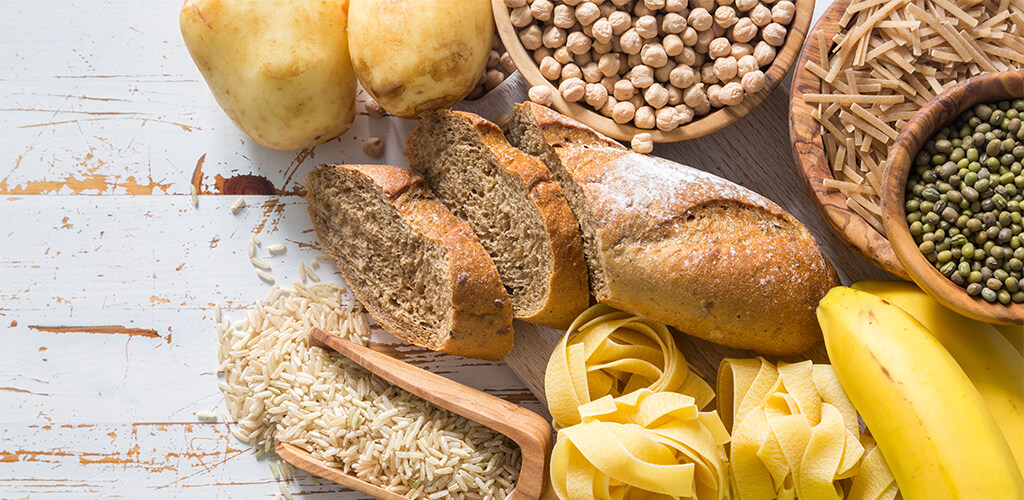The White Carb Debate

If you’re reading popular headlines, or even listening to your doctor’s advice, we should all be cutting back on carbs, especially anything colored white, including white rice, white potatoes, and bananas. Cauliflower seems to be the only safe white food we can eat these days.
But where does this fear of carbs come from? And more importantly, is it justified? There is a huge difference between quality of carbs and their potential harm or potential benefit. Yes, it is advised to eliminate or significantly reduce highly processed low fiber (aka “white”) bread products, crackers, chips, pastas, tortillas, snack foods, and desserts because of their low nutrition content and high amount of sugar, salt, and fat.
But the bashing of white potatoes, white rice, and bananas is unfounded, based only on research showing slightly higher protein lower carb diets are better for maintaining long-term weight loss. Replacing “white” carbs with healthier carbs like whole grains, lower-sugar fruits like apples and berries, and sweet potatoes is better for overall health. While this is true, some white foods play important roles in our overall health and carbs are our body’s favorite most efficient source of fuel. High carbohydrate foods are also responsible for preserving muscle mass, which helps maintain strength and our metabolism.
There’s no long-term research to show how the body reacts to super high protein or high fat diets like the Keto Diet. What does it do to gut health, bone health, and cancer risk when we eliminate some of the very foods we know contain high levels of nutrients vital to these areas of health and wellness?

Let’s look at a few high-carb white foods worth keeping in your diet and why. Your age, activity level, and health status dictates how often and in what portions you consume these foods. Recommended portions are included as a guideline. If you have blood sugar issues, try a slightly smaller serving size. Eat a variety of higher carb foods balanced out with lean protein, lower calorie vegetables, and healthy fats.
- Rice
Eat a variety of rice, including white, brown, and black. White rice is high in something called resistant starch, which is good for gut health and feeding beneficial bacteria. Black rice is high in antioxidants and phytonutrients that help reduce high cholesterol and inflammation. Eat ½ cup to 1 cup serving a few times per week.
- White Potatoes
Yes, bring the good ole white spud back into your diet; just skip the high fat toppings like sour cream and cheese. Like white rice, white potatoes are high in gut-friendly resistant starch, especially when served as leftovers. Stick with a serving of one small to medium potato a few times per week.
- Bananas
Bananas get a bad rap because they’re higher in calories and lower in fiber than other fruits like berries, apples, and oranges but bananas have two nutrients most Americans are low in: prebiotics and potassium. Prebiotics help feed probiotics and thus are just as essential for a healthy gut as the more frequently discussed probiotics. Eating more higher potassium foods helps maintain a healthy blood pressure. Eat 1 small banana pre or post workout or add ½ banana to a morning smoothie for an extra dose of prebiotics and potassium.
Be wary of headlines or recommendations that advise cutting out entire food groups or certain types of food; you might end up doing more harm than good.
